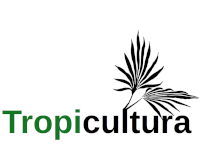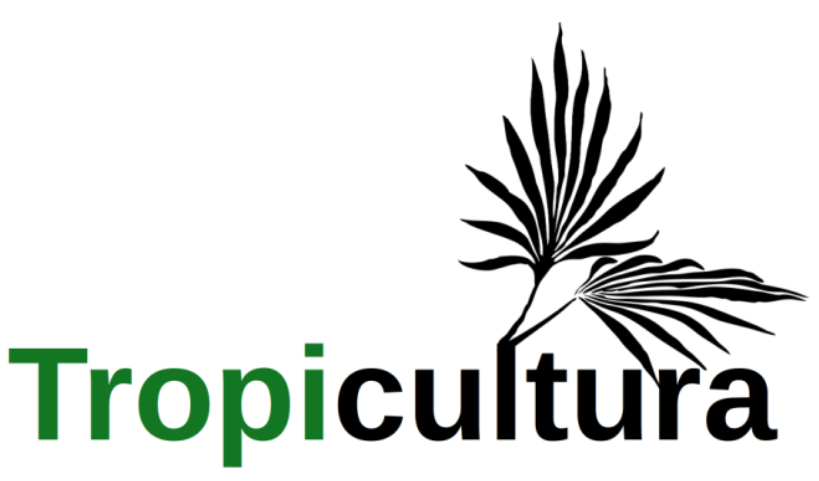- Startpagina tijdschrift
- Volume 36 (2018)
- Numéro 4
- nalyses prospectives des possibilités d’amélioration durable des performances des exploitations agricoles de l’Ouest du Bassin Arachidier du Sénégal: cas des producteurs de Jatropha (Jatropha curcas L.)
Weergave(s): 405 (10 ULiège)
Download(s): 49 (0 ULiège)
nalyses prospectives des possibilités d’amélioration durable des performances des exploitations agricoles de l’Ouest du Bassin Arachidier du Sénégal: cas des producteurs de Jatropha (Jatropha curcas L.)

Documenten bij dit artikel
Version PDF originaleRésumé
Une enquête a été menée auprès de 65 Exploitations Familiales (EF) cultivant le Jatropha (Jatropha curcas L.) dans le Sud-Ouest du Bassin Arachidier sénégalais afin de comprendre leur fonctionnement et identifier des innovations agricoles permettant d’améliorer durablement leurs performances. Les résultats obtenus ont fait l’objet d’une analyse en composantes principales suivie d’une classification ascendante hiérarchisée. Ces analyses ont permis de classer les EF en quatre grands types qui correspondent globalement aux grandes classes mises en évidence lors de travaux précédents réalisés dans la région en considérant l’importance des ressources disponibles. L'équipement agricole et le type d’élevage sont les principaux facteurs discriminant de cette classification. Les exploitations agricoles de type I représentent 6% de l’effectif total. Elles disposent en moyenne de 27,5 ha ; de l'ensemble du matériel agricole de traction animale et d'un cheptel important et diversifié. Le type I se distingue du type IV (11%) principalement par son cheptel plus important. Le type II (31%) est essentiellement constitué d’agriculteurs qui disposent en moyenne de 5,3 ha ; sans aucun animal de trait ni de matériel agricole de traction animale. Les exploitations agricoles de ce type sont souvent dans une situation très précaire et leur survie est menacée. Le type III (52%) dispose en moyenne de 9,4 ha et d'un cheptel composé d’ânes et de petits ruminants. Deux grands types de systèmes de culture basés sur la rotation arachide/mil et la monoculture du mil avec un faible apport de fumure organique se retrouvent chez l’ensemble des exploitations enquêtées. L’intégration de la culture de Jatropha curcas L. se fait sous forme de haies vives productives généralement mal entretenues du fait de leur faible rentabilité. Les EF étudiées pratiquent en général un élevage extensif peu performant. Les synergies entre les productions animales et végétales sont peu développées au sein des exploitations. Les perspectives d’innovation pour améliorer les performances de ces systèmes de production, notamment dans les domaines fourragers, de la fumure organique, de l’agroforesterie et de l’agro-écologie, sont intéressantes pour la plupart des grands types d’exploitation identifiés.
Abstract
Prospective Analyzes of the Possibilities for Sustainable Improvement of the Performances of Farms in the Western Senegal Groundnut Basin: Case of the Jatropha (Jatropha curcas L. ) Producers.
A survey was conducted with 65 family farms (FFs) cultivating Jatropha (Jatropha curcas L.) in the southwest of the Senegalese groundnut basin to understand their functioning and to identify sustainable agricultural innovations enabling their performances. In a first step, the Principal Component Analysis (PCA) method was used to analyze the data, followed by Hierarchical Ascendant Classification. Four main farm types of FFs were identified which confirm globally the results of previous researches in the area. Agricultural equipment and livestock type are the main discriminating classification factors. Type I farms represent 6% of the total number and own an average area of 27.5 ha, all agricultural traction-material and a large and diversified livestock. Type I differs from type IV (11%) mainly by its larger herd. Type II (31%) groups mainly farmers who own an average area of 5.3 ha, without any draught animals or agricultural traction equipment. Farms from type II are often in a very precarious situation and their survival is threatened. Type III farms (52%) own an average area of 9.4 ha and hold a herd of donkeys and small ruminants. Two major types of crop systems based on groundnut/mil rotation and millet monoculture with a low intake of organic fertilization are found in all of the surveyed farms. Jatropha curcas L. is integrated in the form of productive live hedges that are generally poorly maintained due to their low profitability. Breeding practices are extensive and low performing. Synergies between livestock and plant productions are poorly developed. The perspectives of innovation to improve the performances of these production systems, in particular forage, organic manure, agroforestry and agro-ecology, are interesting for the major identified types of farming.







